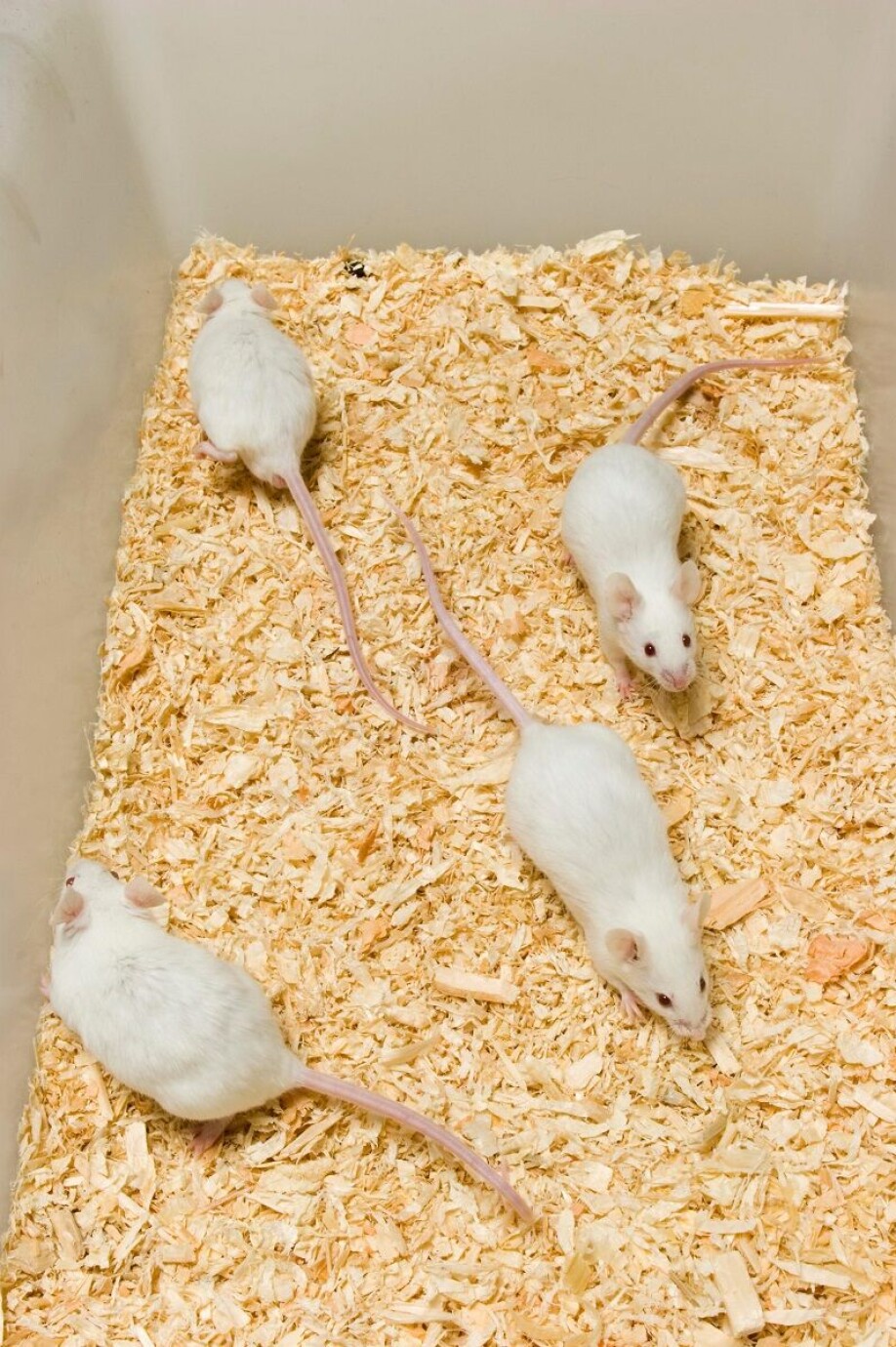THIS ARTICLE/PRESS RELEASE IS PAID FOR AND PRESENTED BY NTNU Norwegian University of Science and Technology - read more

Ski wax chemicals alter animals’ brains and livers
New research confirms that fluorinated compounds in ski waxes affect organs in mice.
Last year, researcher Randi Grønnestad received a great deal of attention for her research carried out at the Granåsen Ski Centre in Trondheim. She found hormonal disorders and changes in the brains of bank voles in the area and linked them to fluorine-containing compounds called PFAS.
“Previously we showed that these PFAS most likely originate from the use of fluorinated glide wax,” says Grønnestad, who was affiliated with NTNU’s Department of Biology when she carried out the research.
The fluorinated compounds end up in the environment at the popular ski area, and the substances never degrade and disappear. They are also linked to several adverse health effects in humans.
Bank voles can ingest PFAS through food, such as earthworms. The voles at Granåsen had higher levels of PFAS in their bodies along with higher levels of the neurotransmitter dopamine in their brains. The male voles also had lower levels of the hormone testosterone.
Lab confirms effects on dopamine system
Grønnestad wasn’t satisfied with the fieldwork in Granåsen and the control area by Jonsvatnet, an area around Trondheim’s drinking water reservoir where the Nordic ski traffic is considerably less.
“Since the research results are from a field study where we can’t control all other variables that in theory could also affect the systems I studied, I wanted to reproduce the effects we found in Granåsen under controlled conditions in the lab,” says Grønnestad.
In the lab, the scientists were confident that no other environmental toxins would cause the effects they were measuring.
“In the lab experiment, we used laboratory mice that we fed with a feed mixture having the same amount and composition of PFAS added as we’d measured in the earthworms from Granåsen. The mice were exposed to this feed for 10 weeks. We also had a control group that was fed with the same food, but without the added PFAS mixture,” says Grønnestad.
The research group also found that the dopamine system was affected in the mice that received the PFAS mixture in their feed.
“We found significant effects on the levels of dopamine in the brain and on the genetic expression of enzymes that are important for producing dopamine, although it seems that slightly different molecular mechanisms were affected in the two studies,” says Grønnestad.
This difference indicates that the effects they measured in the dopaminergic system in the bank voles from Granåsen were due to PFAS exposure.

No change in testosterone
Unlike at Granåsen, however, the researchers found no changes in hormone levels in the laboratory mice.
“We saw no effects of PFAS exposure on the concentrations of testosterone, oestrogen, or 11-ketotestosterone in either sex,” says Grønnestad.
This could indicate that the apparent correlations between low testosterone levels and PFAS in the voles from the field study are due to other variables in nature that the researchers did not measure, rather than PFAS.
However, the scientists found a different disturbing effect of PFAS in the laboratory instead.
Larger livers indicate environmental toxins

“In the lab we discovered that male mice from the PFAS-exposed group had larger livers, relative to their body mass, than the control group did. The liver is a known indicator of toxicity for environmental toxins,” says Grønnestad.
Some studies suggest that males are more sensitive to the effects of PFAS exposure. In addition, the male mice had higher levels of PFAS in the liver than the female mice because they had eaten more food. They may thus simply have been exposed to higher concentrations of PFAS.
The research group is also investigating other effects on the liver, but these results are not yet ready. At this point, it appears that the composition of fatty acids in the liver has changed.
Possible consequences
“The study results thus indicate that we’re seeing effects on brain chemistry and the composition of fatty acids in the liver of exposed mice with the same amount of PFAS that we found at Granåsen. This could have serious consequences,” says Grønnestad.
Exactly what biological effects the finding might have is difficult to say, she says. Further behavioural studies or long-term studies are needed to determine that.
Grønnestad mentions as possible examples that effects on animals’ dopaminergic systems could potentially lead to disturbances in regulating fear and anxiety, thermoregulatory processes and the ability to protect themselves. The changes could also impact their reproductive system.
Elevated or decreased levels of dopamine are also associated with mood swings and motor and cognitive changes.
Grønnestad is currently an advisor for air quality in the Trondheim municipality, Miljøenheten.
Reference:
Randi Grønnestad et.al.: Effects of an environmentally relevant PFAS mixture on dopamine and steroid hormone levels in exposed mice. Toxicology and Applied Pharmacology, 2021
———
Read the Norwegian version of this article at forskning.no
See more content from NTNU:
-
More than 120,000 Norwegians suffer from work-related anxiety
-
Forever chemicals affect ducklings' genes while they are still in the egg
-
Why are pregnant women in Norway so worried?
-
Politics on Facebook: Populist parties choose divisive issues on purpose
-
Social media is connected to cyberbullying – but not how we thought
-
Forskere ved NTNU får nesten 24 millioner av EU for å lage nye strømomformere





































